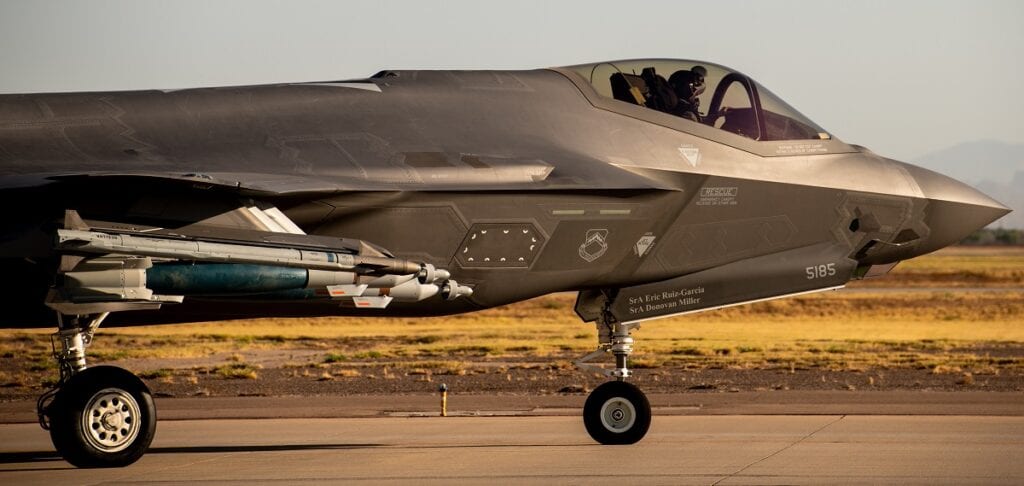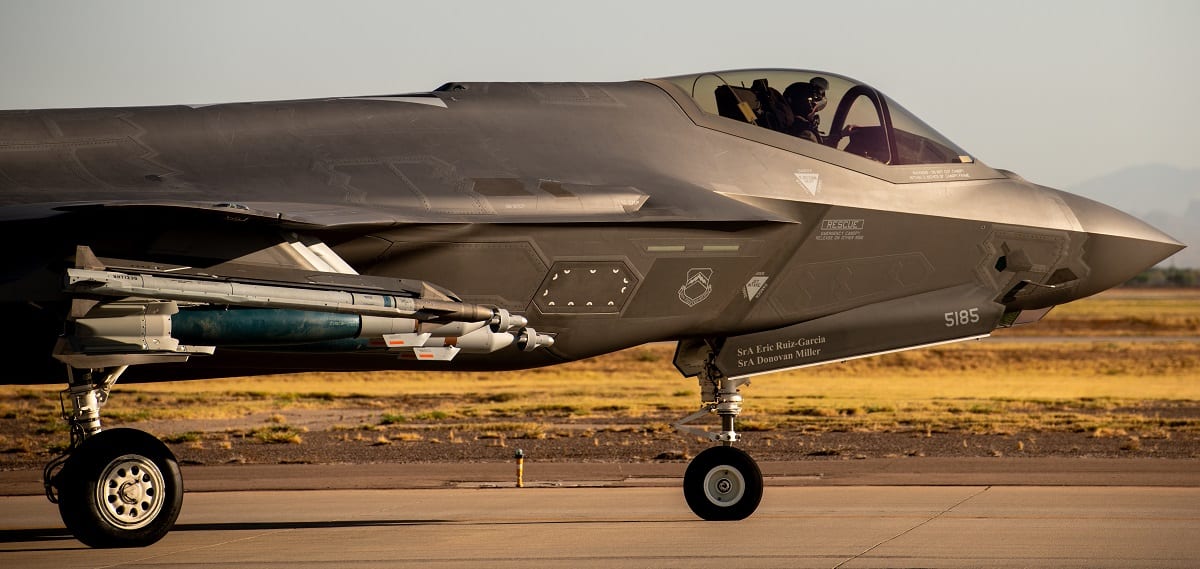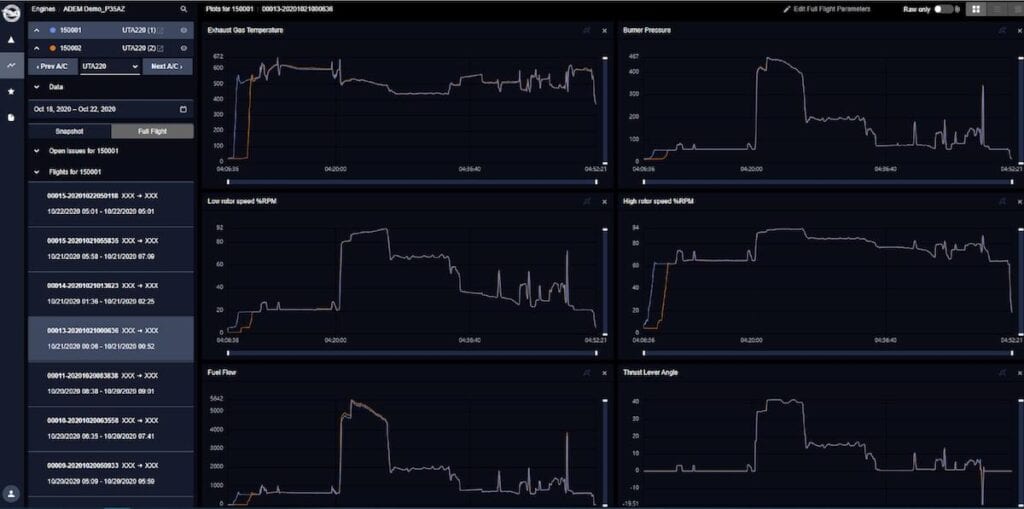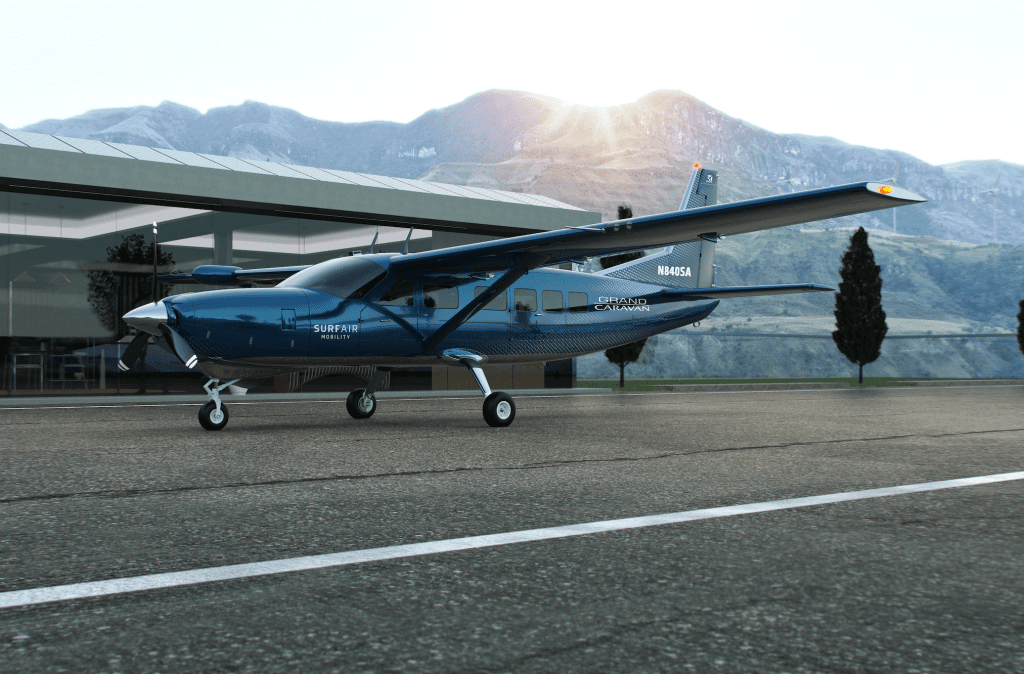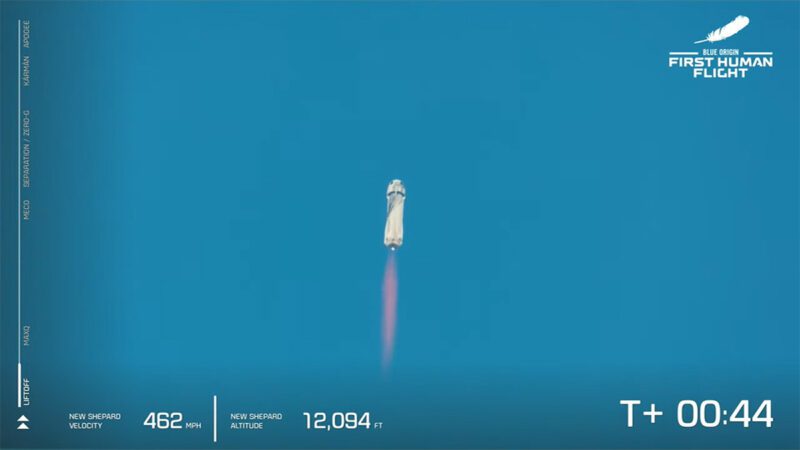
Check out the July 25 edition of What’s Trending in Aerospace, where editors and contributors for Avionics International bring you some of the latest headlines and updates happening across the global aerospace industry.
Commercial
American Airlines Sees Strong Recovery From Pandemic Lows in Second Quarter
American Airlines reported its second quarter financial results last week, posting a “second-quarter net loss of $1.1 billion” excluding special items, according to a July 22 press release.
“We’ve flown more customers than any other airline in the second quarter. Our team safely transported more than 44 million passengers on nearly 470,000 flights. It’s more than five times the number of passengers we carried in the second quarter of 2020 and more than two-and-a-half times the number of flights,” American Airlines CEO Doug Parker said during the airline’s second quarter earnings call. “We’ve ramped up the operation dramatically in response to customer demand, and our operational performance continues to improve as we grow in scale.”
United Airlines Sees Demand Recover Faster Than Expected in Second Quarter
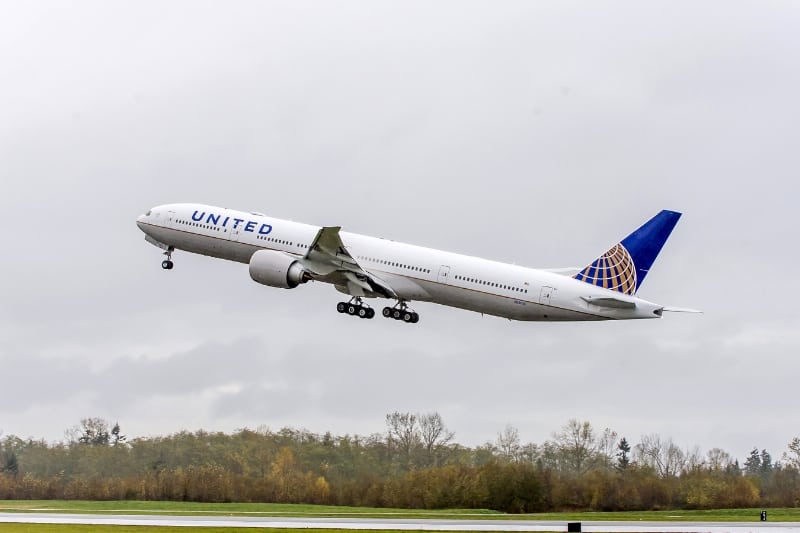
United Airlines CEO Scott Kirby said the Chicago-based international carrier saw both leisure and business air travel demand recover at faster rates than they expected during their second quarter earnings call last week.
United posted its second-quarter 2021 financial results on July 20, with an adjusted net loss of $1.3 billion. Despite the loss, the company expects continued gains as more businesses return by end of summer and into 2022, with a full recovery in demand anticipated by 2023, according to a July 20 press release.
“If I was going to briefly summarize where things stand right now, I’d say the demand is recovering even faster than we had hoped domestically, both leisure and business demand. And internationally we see the exact same pattern every time new borders are reopened,” Kirby said during the earnings call. “And while the US isn’t yet opened to Europeans the data and science, including the demonstrated safety of air travel, similar vaccination and case rate and similar level of variance in Europe and the US support an opening and we expect it to happen at some point. And when the borders do open, we expect to see the same robust hockey stick increase in demand that we’ve already seen domestically.”
Last month, United placed its largest ever order for a combined 270 commercial jets, including 50 Boeing 737 MAX 8s, 150 737 MAX 10s, and 70 Airbus A321neos.
Air Canada CEO Sees Positive Signs of Recovery for Remainder of 2021
Air Canada reported its second quarter 2021 financial results last week, posting an “operating loss of $1.13 billion compared to an operating loss of $1.55 billion in the second quarter of 2020,” according to a July 23 press release.
The airline also reported a net cash burn of $6.36 million per day during the second quarter, and reached a deal in April that will provide up to $4.7 billion in government-backed aid. Canada is re-opening cross-border travel to fully vaccinated U.S. tourists starting Aug. 9, following a 16-month ban forced by the COVID-19 pandemic.
“We are seeing steadily increasing bookings for the domestic, trans-border and Atlantic markets and to sun destinations for the coming winter. In fact for the next winter sun travel, future bookings during some weeks in June, were ahead of the same period in 2019 that hard to remember time before COVID-19,” Air Canada CEO Mike Rousseau said during the airline’s earnings call. “We are certainly pleased to see vaccination rates increasing and in more recent announcements of the soon easing of travel restrictions in Canada. We can now optimistically say that we are turning a corner and we expect to soon see correlated financial improvements.”
Airbus Delivers First A350 From Completion Center in China
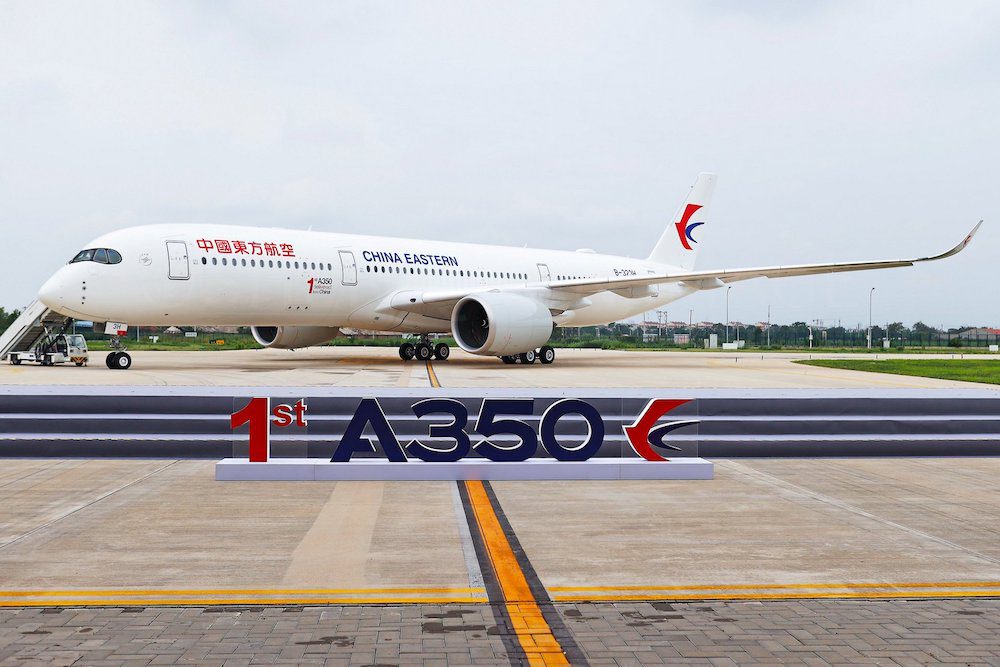
Airbus delivered the first A350 from its widebody completion center in Tianjin, China to China Eastern Airlines. (Airbus)
Airbus has delivered the first A350 from its wide-body completion & delivery centre in Tianjin (C&DC), China, taking additional steps in the expansion of its global footprint and long-term strategic partnership with China, according to a July 21 press release.
The A350-900 aircraft was delivered to China Eastern Airlines, the largest Airbus operator in Asia and second largest in the world.
Located at the same site as the Airbus Tianjin A320 Family Final Assembly Line and the Airbus Tianjin Delivery Centre, the widebody C&DC covers the aircraft completion activities, including cabin installation, aircraft painting and production flight test, as well as customer flight acceptance and aircraft delivery.
“I’m proud that Airbus successfully extended the capability of the widebody C&DC in Tianjin to the A350, the latest new generation aircraft, at such a difficult time of global aviation,” George Xu, Airbus Executive Vice President and Airbus China CEO said in the release. “This is a new milestone in the long-term cooperation between China and Airbus, which further demonstrates Airbus’ commitment to the country.”
Universal Hydrogen and Deutsche Aircraft Join Forces to Develop Zero Emissions Aircraft
A new partnership between Universal Hydrogen and Deutsche Aircraft is aiming to advance the decarbonization of aviation by integrating Universal Hydrogen’s modular capsule technology into the Dornier 328 program, according to a July 21 release.
“We see hydrogen as the only realistic approach for aviation to meet the goals of the Paris Agreement,” Paul Eremenko, co-founder and CEO of Universal Hydrogen, said in a statement. “We are tackling the biggest obstacle to near-term hydrogen adoption: its delivery and distribution to airports and aircraft globally without costly infrastructure. This partnership with Deutsche Aircraft will accelerate our shared goal to put aviation on a trajectory toward true zero carbon emissions.”
The project will study the size and integration of the modular capsule technology for hydrogen, aircraft weight and balance, hydrogen cost, mission performance, and the hydrogen logistics network, according to the release.
“Deutsche Aircraft is committed to enter the new era of climate-neutral aviation. Partnering with companies that share our passion for climate-friendly design like Universal Hydrogen allow us to accelerate our vision for decarbonization,” Martin Nüsseler, chief technology officer for Deutsche Aircraft, said in a statement. “We are excited to leverage Universal Hydrogen’s technical expertise to assess the safe and affordable use of hydrogen onboard our aircraft as part of our journey to zero emissions.”
Military
NATO Conducting Competition for Risk Reduction and Feasibility Studies on AWACS Replacement
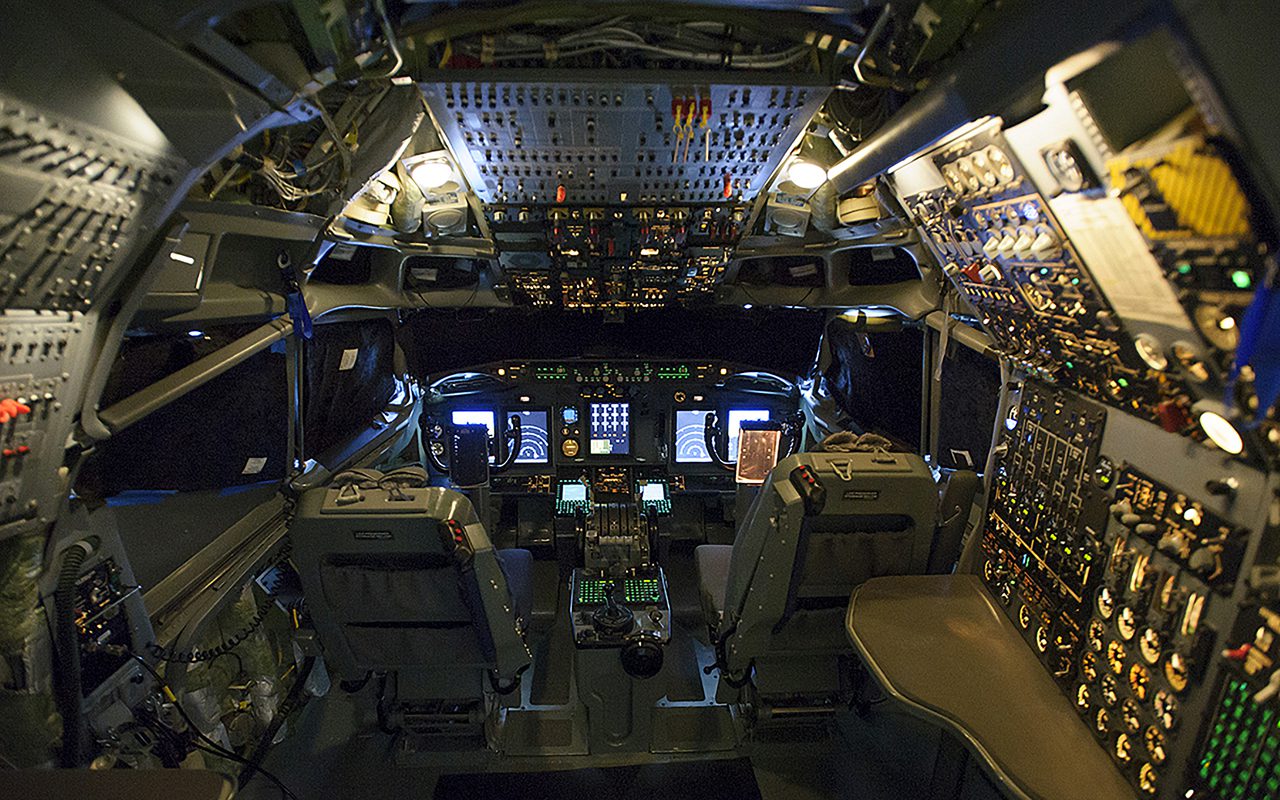
The 14 NATO AWACS planes received glass cockpits between 2016 and 2019 (NATO)
NATO is conducting a competition for three risk reduction and feasibility studies under its Alliance Future Surveillance and Control (AFSC) program to replace 14 Boeing E-3A Airborne Warning and Control System (AWACS) aircraft when they leave service in 2035.
In March last year, six companies or industry teams delivered AFSC concept studies to the NATO Support and Procurement Agency (NSPA)–Airbus Defence and Space; Boeing and Indra Sistemas, Inmarsat, Leonardo, and Thales; General Atomics; L3Harris and Meta Mission Data, Deloitte Consulting, Hensoldt Sensors, IBM, Musketeer Solutions, Synergeticon and Videns; Lockheed Martin; and an MDA Systems and General Dynamics team.
NSPA said this month that it has identified “three high-level conceptual approaches…for further analysis through three separate Risk Reduction and Feasibility Studies (RRFS).” Through a competition for those three studies, “industry will further develop the proposed AFSC concepts and demonstrate their technical and operational feasibility for 2035 and beyond,” NSPA said.
NATO said it is not wedded solely to an airborne approach for AFSC. AWACS “could be replaced with different combinations of systems in the air, land, space, or even in the cyber domain,” NSPA said.
Bell Begins Building UH-1Y Again For Helicopters Headed To Czech Republic
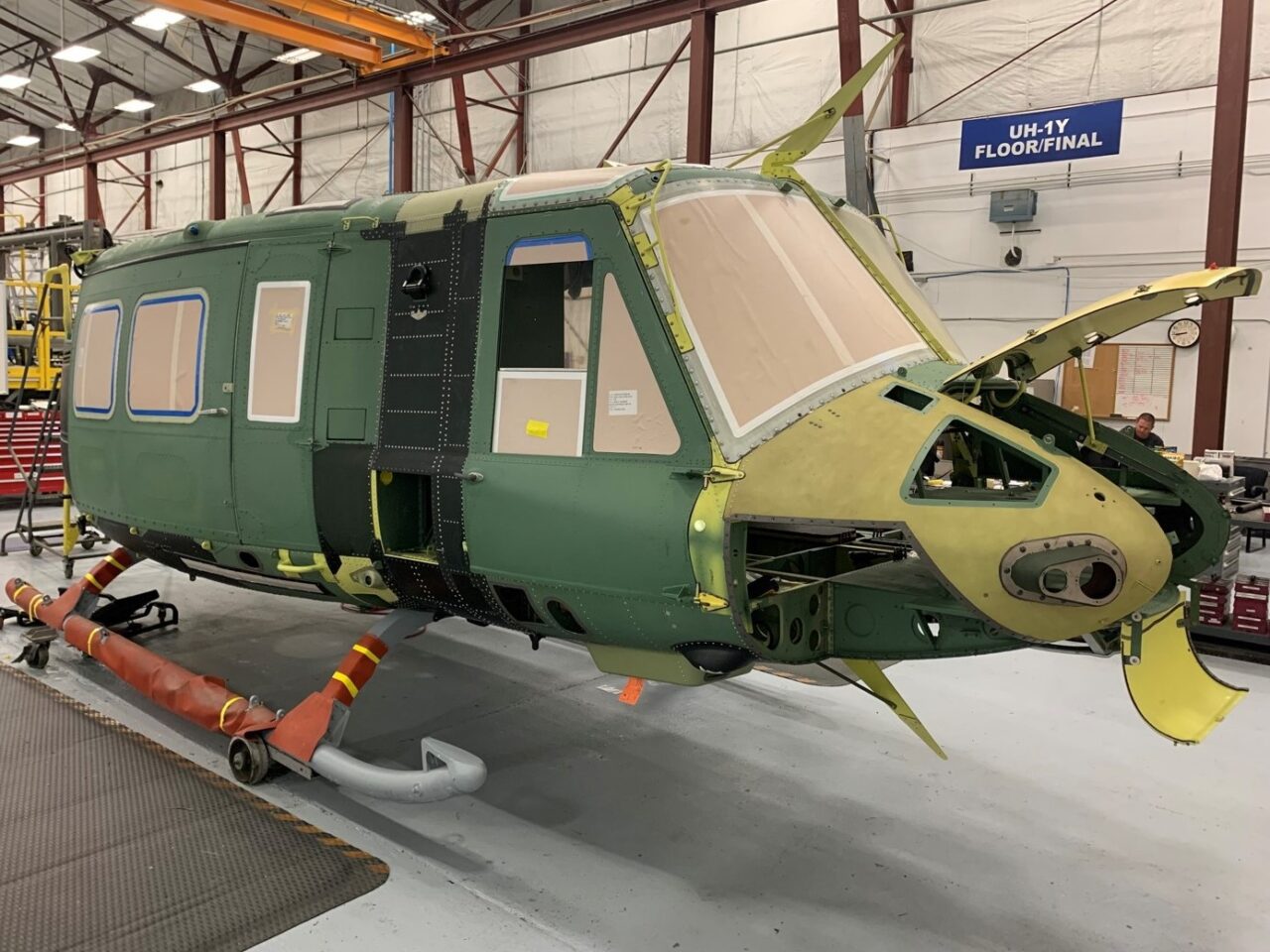
UH-1Y assembly. (Bell)
Bell said Monday July 19 it has officially restarted production of the UH-1Y Venom as it looks to build the platform for planned deliveries to the Czech Republic, the first international customer for the attack helicopter.
The company noted Crestview Aerospace has finished manufacturing the first of eight UH-1Y cabins, which will then head to the Bell’s production facility in Amarillo, Texas, for final assembly.
“Crestview Aerospace is honored and grateful for the opportunity to team with Bell on the continued production of the UH-1Y cabin for the first international customer,” Paul Kohlmeier, Crestview Aerospace’s senior vice president for strategy and business development, said in a statement. “Crestview continues to build in the same high quality and reliability into the international Venom helicopters that underpin the aircraft currently operated by the United States Marine Corps around the world.”
Business & GA
Gulfstream Surpasses 500 In-flight Connectivity Service Installations
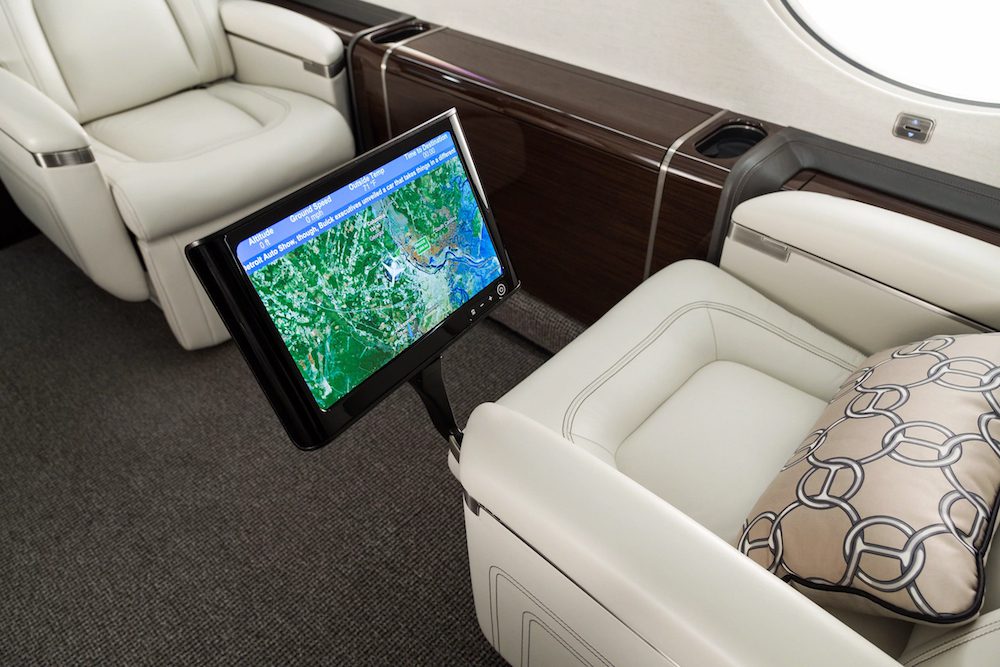
Gulfstream Aerospace Corp. on July 21 announced it has surpassed 500 installations of the Inmarsat Jet ConneX in-flight connectivity platform on large-cabin aircraft.
Jet ConneX is powered by Inmarsat’s global Ka-band satellite network, providing in-flight internet coverage that supports video streaming and file sharing among other connected applications. Certified by the U.S. Federal Aviation Administration and the European Union Aviation Safety Agency, it transmits at speeds of approximately 20 megabits per second. Its coverage is worldwide and reliable over land and water through all phases of flight, with extended coverage over the polar regions coming soon, according to a July 21 press release.
“We are delighted to celebrate the 500th installation of our Jet ConneX in-flight broadband solution on Gulfstream aircraft and proud of their continued trust in Inmarsat,” Kai Tang, head of business and general aviation, Inmarsat said in the release. “This milestone is a testament to the Inmarsat ecosystem of partners and our joint commitment to delivering the highest standard of global connectivity to Gulfstream and their customers, for whom only the most reliable and consistent customer experience is acceptable. We look forward to building on this momentum and working side-by-side with Gulfstream on the next 500 installations and beyond.”
Single-Engine Beechcraft Denali Joins the Turboprop Product Line Up
Textron Aviation’s single-engine Beechcraft Denali will now be part of the company’s turboprop product lineup along with the twin-engine Beechcraft King Air 260 and King Air 360/360ER, according to a July 21 press release.
“The Beechcraft Denali represents our continued strategy to invest in clean-sheet and current products in both our Beechcraft and Cessna iconic brands. Beechcraft turboprops are renowned for their versatility and reliability, and the single-engine Denali is a perfect complement to this legendary family of products,” Ron Draper, Textron Aviation’s president and CEO, said in a statement. “Pilots and passengers will appreciate the aircraft for its enhanced capabilities, innovative technology and all-around passenger comfort.”
The Beechcraft Denali, which was previously called the Cessna Denali, is predicted to take its first flight this year, according to the release. The aircraft will feature a payload of 1,100 pounds and have a range of 1,600 nautical miles.
“We continue to receive interest around the world from turboprop and piston owners of competing aircraft, who are looking to move into an aircraft with greater performance and enhanced passenger experience,” Lannie O’Bannion, senior vice president of Global Sales and Flight Operations, said in a statement. “The Denali will offer an outstanding combination of lower operating costs and technological advancements, along with the widest and most comfortable cabin in its segment. And all of it is backed by the most extensive global network of factory-direct service centers in the industry.”
EAA AirVenture Live Convention Returns to Oshkosh
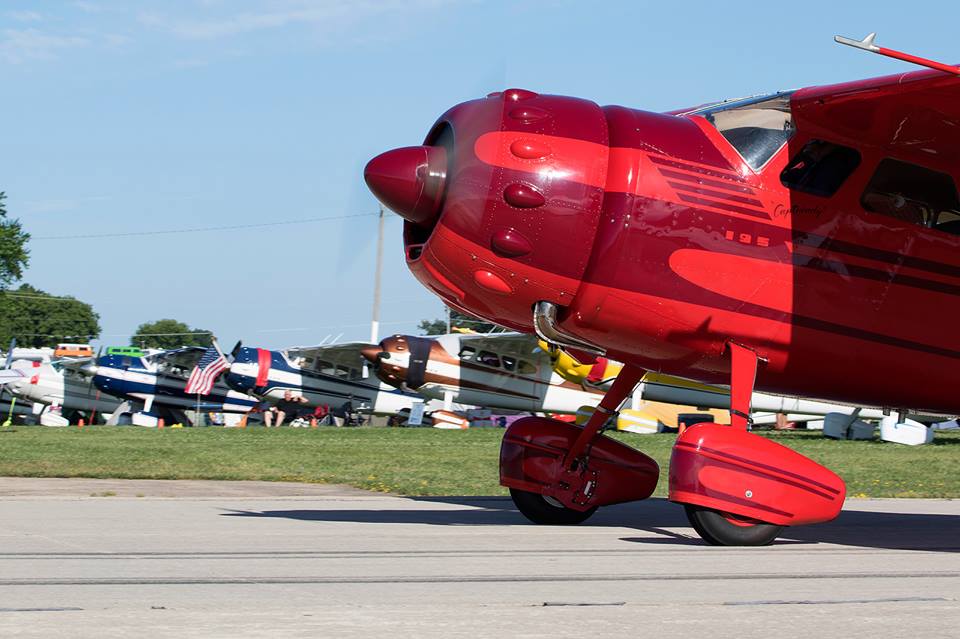
The Experimental Aircraft Association’s annual air show, AirVenture, is returning to its live in-person format in Oshkosh, Wisconsin this week.
AirVenture 2021 is scheduled for July 26 to Aug. 1. EAA will not be live-streaming the event this year, although the organization published links to third-party streams of the event. Check out more information about EAA here.
eVTOLs
Archer Wins Round 1 as Wisk Promises to Fight On

Archer’s demonstrator eVTOL aircraft, Maker, will begin test flights this year. (Archer)
Wisk’s request for a preliminary injunction against Archer Aviation was denied by a San Francisco judge on July 22, according to a statement from the company. This injunction was filed in an ongoing legal battle between the two companies in which Wisk is accusing Archer of stealing Wisk’s proprietary intellectual property.
“The record makes it clear that Wisk has provided no evidence—not a single document, not a single witness—that Archer ever received or used any Wisk trade secret,” Archer’s Deputy General Counsel, Eric Lentell said in a statement. “Wisk’s charges of massive theft are based entirely on conspiracy theories and outright misrepresentations of the actual record.”
In another July 22 statement from Wisk, the company claims that the preliminary relief has no bearing on the outcome of the case and does not exonerate Archer. Wisk also cited the judge in the case saying the company “has many reasons that make it suspect there is a problem here” and acknowledged “arguable indications of misappropriation” by Archer.
A date for the trial has not yet been set.
Joby Announces New Additions to Board Ahead of Merger
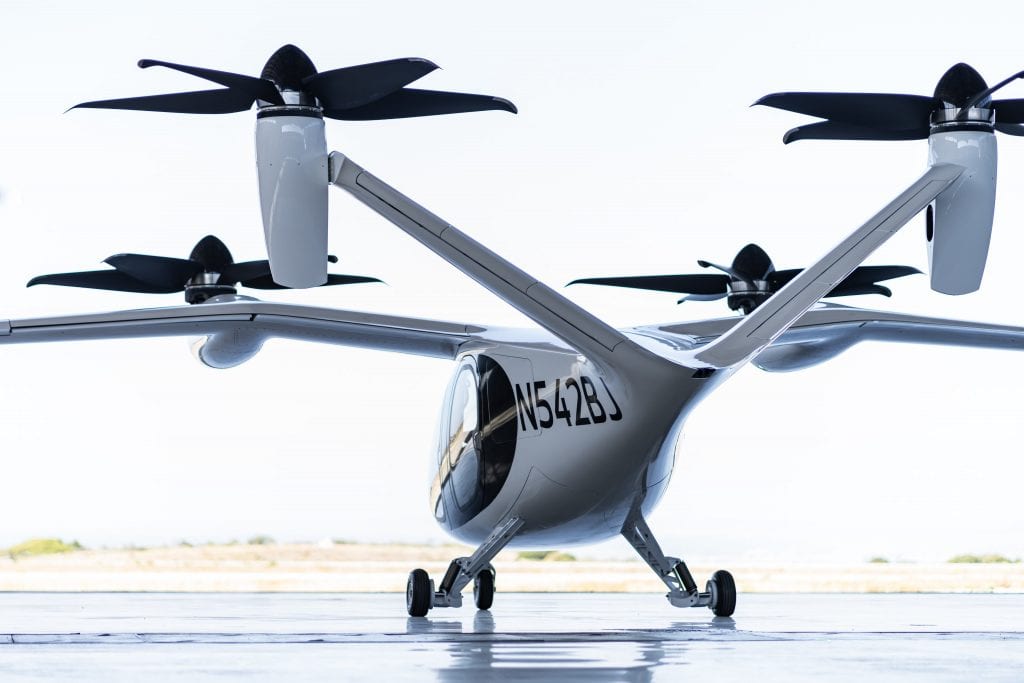
Joby Aero has announced its Board of Directors ahead of its planned merger with Reinvent Technology Partners, according to a July 23 release.
“We are incredibly humbled to have been able to assemble such a remarkable and diverse group of world-class leaders to guide and support Joby as we plan to enter the public market,” JoeBen Bevirt, Founder and CEO of Joby, said in a statement.
Since December 2020, Joby has appointed Aicha Evans and James Kuffner to its board, according to the statement. Evans is CEO of Zoox and Kuffner is CEO and representative director of Woven Planet Holdings and member of the board of directors and operating officer of Toyota Motor Corporation.
Once the merger has closed, Reid Hoffman, LinkedIn co-founder and co-lead director of Reinvent Technology Partners; Halimah Delaine Prado, general counsel at Google; and Laura Wright, former CFO at Southwest Airlines, will be joining the board.
Space
Blue Origin Sends Jeff Bezos & Crew into Space on New Shepard’s First Crewed Mission

Blue Origin’s New Shepard rocket carrying Jeff Bezos and crew, just moments after liftoff.
Blue Origin successfully launched its founder, Jeff Bezos, his brother Mark, aerospace pioneer Wally Funk and Dutch teenager Oliver Daemen into space at 9:13 a.m. EDT July 20 on its New Shepard rocket. Blue Origin also recovered the rocket’s reusable booster. The entire mission lasted 10 minutes and 20 seconds from launch to capsule touchdown.
The success of the New Shepard’s first crewed mission is a major milestone for both the company and for commercial space travel as a whole.
The New Shepard rocket took off from Blue Origin’s West Texas launch site carrying its four passengers on an approximately three-and-a-half-minute ride above the Karman Line (100 kilometers above Earth). Once in space, Bezos and crew could be heard cheering and admiring the view as they floated in microgravity.
The New Shepard’s booster returned safely to its recovery launch pad a little more than seven minutes after launch.
Unmanned
Air Force Awards $15.9 Million to AeroVironment for Puma 3 AE and Raven UAS
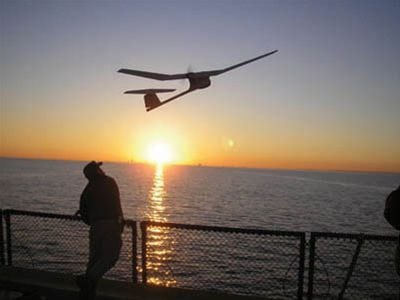
AeroVironment received two firm-fixed-price orders for over $15.9 million from the U.S. Air Force for its Puma 3 AE unmanned aircraft systems (UAS) and Raven UAS, according to a July 22 press release.
“The combat-proven Puma 3 AE and Raven are versatile, rugged and reliable tactical unmanned aircraft systems designed to provide the United States Air Force Security Forces with the enhanced situational awareness and mission effectiveness they require when safeguarding bases,” Trace Stevenson, AeroVironment vice president and product line general manager for small UAS, said in a statement.
The Puma 3 AE UAS can be used for land and maritime operations and provides extended flight times and high level imaging, according to the release. The Raven system can be used for intelligence, surveillance and reconnaissance missions at low altitudes. It can also provide real-time video and infrared imagery.
AeroVironment has already delivered the Puma 3AE UAS to the Air Force and the Raven UAS are expected to be delivered by November of this year, according to the release.
The post What’s Trending in Aerospace – July 25, 2021 appeared first on Aviation Today.
Check FastApn access for commercial satcoms at Fastapn
Flytlink – Avionics, Satcom’s and IFE Consultants































